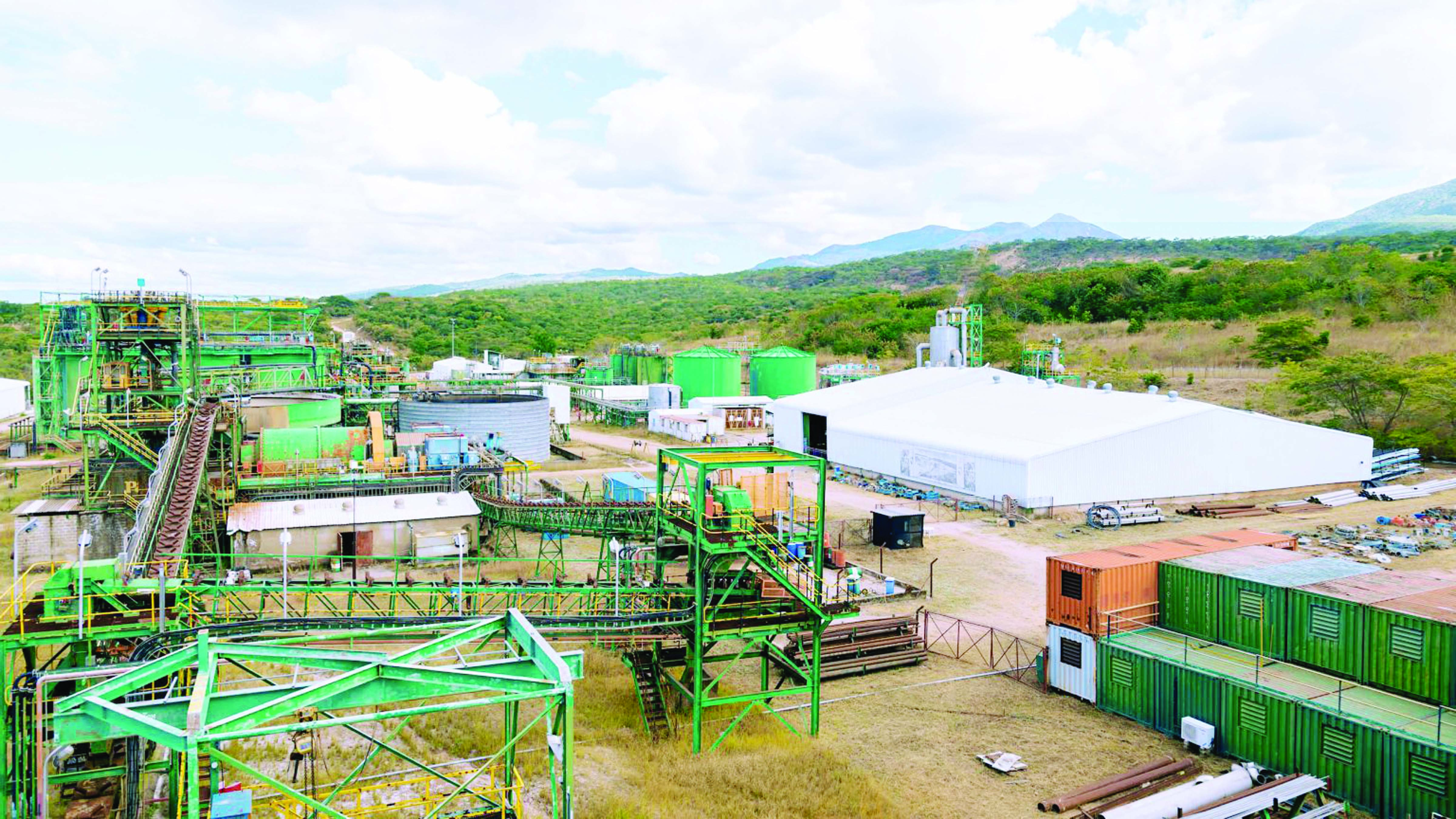
Mining
Lotus accelerates Kayelekera restart
November 05, 2024 / Marcel Chimwala

By Marcel Chimwala
ASX-listed Lotus Resources has started implementing an Accelerated Restart Plan for its Kayelekera Uranium Mining Project in Karonga following the completion of Front-end Engineering and Design (FEED).
Lotus CEO Greg Bittar says in a Press Statement the Company is now moving into detailed engineering and onsite works for Kayelekera’s restart to ensure that it achieves its strategic objective of becoming the next significant global uranium producer in the third quarter of the 2025.
Bittar states that with the FEED program completed, Lotus is now well positioned to conduct a low capital intensity, accelerated restart of Kayelekera.
The Accelerated Restart Plan has seen time to first uranium production reduced to 8-10 months from the previously estimated 15 months by phasing in the completion of non-essential site infrastructure including grid power and acid plant rebuild beyond first production.
The Plan also reduces initial restart capital through a phased approach by focusing on capital items essential to the restart, with the remaining capex continuing off the critical path to optimise operations and cost structure.
Initial restart capital expenditure to first uranium production has been reduced to US$50M from the previous US$88M with initial restart capital intensity pegged US$21.0/lb2.
The Accelerated Restart Plan has delivered outstanding operational and financial outcomes (assuming a long-term uranium price of US$90/lb real) including:
- Life of Mine (LOM) production target of 19.3Mlb of U3O8, over a 10-year mine life.
- Competitive cost estimates maintained; steady state C1 cash cost of US$34.5/lb and all-in sustaining cost (AISC) of US$44.8/lb3,4.
- Pre-tax and post-tax NPV8% Real of US$439M and US$301M3.
- Pre-tax and Post-tax internal rate of return (IRR) of 80% and 66%3.
- Initial capital payback within 2 years of production restart3.
- LOM pre-tax and post-tax free cash flow generation of US$698M and US$486M3 .
Bittar explains that Kayelekera’s production restart is de-risked by 11Mlb of historical uranium production, with US$200M capital invested into the plant and operations and 4Mlb of existing stockpiles supporting the ramp-up of the operation.
He said: “Following the signing of the Mine Development Agreement and the completion of the FEED program, Lotus is well positioned to take advantage of the continuing strength in the term uranium price and the strong uranium demand outlook.”
“Our thorough FEED process has provided the foundation for us to optimise and accelerate our restart plans for Kayelekera, taking advantage of the existing plant and infrastructure. By sequencing the capital spend and targeting the critical restart items we reduce the amount of initial restart capital, which allows us to turn the plant on much earlier than previously contemplated. This not only provides us with increased funding flexibility but critically allows us to be a producer next year and take advantage of the strong customer demand we are seeing by moving into production as soon as possible.”
“By decoupling the restart timetable from the long lead items which are not on the operational critical path, principally the connection to the power grid and acid plant rebuild, we are able to start the plant well ahead of the original Definitive Feasibility Study (DFS) schedule of 15 months.”
“Those capital items remain in the plan and will be brought on as soon as possible in order to optimise the cost structure. However, we don’t need to wait for those, or have the timetable to restart dependent on those items. The plan was always to have full back up diesel power generation, as the site was originally operated by, and we can use this power while the grid connection is completed. Trucked-in sulphuric acid can be used until the acid plant is commissioned.
Meanwhile, Lotus Board has approved long lead item orders, mobilisation of mobile equipment and construction crews and early works.
Site mobilization and early works
Meanwhile, personnel have arrived onsite and have commenced a program of refurbishment works at the camp and plant areas, including:
• Removal of material that has accumulated along the western boundary of the processing plant and encroached on plant infrastructure during the care and maintenance period;
• Refurbishment of the potable water system and sewer system in the camp;
• Phase 1 refurbishment of rooms in the camp; and
• Inspection of key plant equipment and initiation of refurbishment of plant equipment starting at the crushing and grinding areas.
The plant and equipment in care and maintenance for the restart of operations represents over US$200 million in invested capital expenditure.
Mining contractor tender process
Following a mining contractor tender process including extensive due diligence and site visits, Lotus has received a number of competitive proposals and is in the final stages of selecting its preferred mining contractor.
Bittar explains that final negotiations are underway with the two preferred contractors and it is expected that the Kayelekera mining contract will be entered into in the coming months, with site personnel and equipment mobilisation early to mid 2025.
Electricity grid connection
Lotus has signed a grid connection Memorandum of Understanding (MOU) with Electricity Supply Corporation of Malawi (ESCOM). The MOU contains the agreed pricing structure and provides the framework for Lotus and ESCOM to enter into a Power Implementation Agreement (PIA) and Power Purchase Agreement (PPA).































